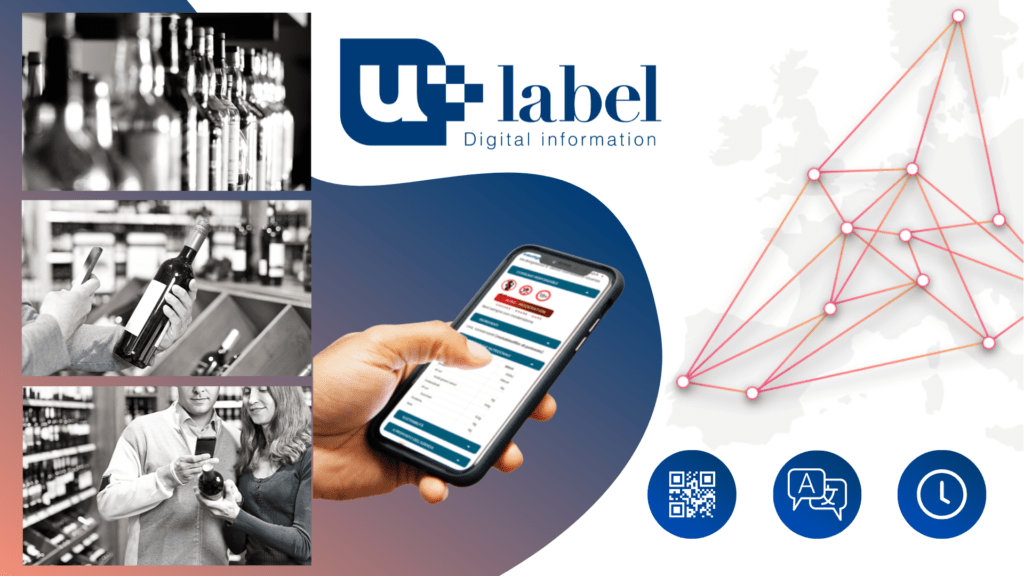The earliest traces of winemaking go back some 8,000 years, and spirits have been around for centuries, too. The fundamental production processes – fermentation, distillation – remain unchanged. Yet those products of antiquity likely bore little resemblance to a modern-day Rioja or Cognac. Time and again, vintners and distillers have developed new varieties, discovered new processes, tested new ingredients, applied new thinking, and thus pushed the boundaries of innovation.
Today’s most successful brands are often those that have seamlessly married tradition and innovation. For even a product that has reached perfection today may not be fit for tomorrow; for example, climate change may impact growing conditions, which may alter the properties of ingredients. So, even the most established brand steeped in centuries of tradition must always remain open to innovation. And innovation can take multiple shapes and forms.
It is not only about the product itself and how it is made. It is also about how it is packaged, marketed, distributed, mixed and consumed. In other words, how a product communicates with the consumer is fundamental to its sustained success. Labelling itself was an early innovation in this sense: already the ancient Egyptians began etching wine amphorae to describe the year, type and quality of the product, distinguishing it from the competition.
Today the European wine and spirits sectors are jointly launching U-LABEL (www.u-label.com), a ground-breaking e-label platform that will enable consumers across Europe to access information via QR code technology about the wine and spirits that they purchase, in their own language.
The U-LABEL platform allows any wine or spirit company to create product-specific e-labels that give consumers relevant, standardised and detailed information. Once subscribed to the platform, any company can start creating e-labels. Once the information on the product has been entered, the system can automatically translate the e-label into all 24 EU official languages and generates a unique QR code to be displayed on the bottle. By simply scanning the code, consumers will have access to a wealth of information, such as the full list of ingredients, nutrition information, responsible drinking guidelines and information about sustainability, in their own language.
This will complement the range of information that is currently on the physical label, on the bottle, including, for instance, information on calories. But, beyond that, consumers will now have a wide range of additional information at their fingertips. And, critically, they will be guided to a user-friendly platform where they can find information on ingredients or sustainability insights, delivered in a standardized, reliable, and marketing-free way. For producers, it is an affordable way to communicate with consumers in a smarter, more engaging way than a traditional standard product label or leaflet.
Why are we doing this? We are going beyond what the law requires because we fundamentally believe in innovation and transparency. Even though the revised Common Agricultural Policy (CAP) will allow wines and aromatised wines as the first food and drink products to provide mandatory information – list of ingredients and nutrition declaration - through e-labels, these rules, to be officially adopted in a few days, only come into effect in a couple of years. And for spirits, new rules are only envisaged to be drafted next year. Yet consumers already want more information here and now – and they are always curious to explore new digital pathways.
They want to discover where the product comes from, what is in it, what its nutritional attributes are, whether it has been produced in a sustainable manner, and how to consume it responsibly. Our ability to meet this demand will be an important ingredient to our continued success. And for the thousands of European SMEs in these sectors, e-labelling potentially opens myriad export opportunities, as it does away with the burden of producing different physical labels for each European market.
U-LABEL is an innovation that enables a paradigm shift. The digital format is not just a different medium, it is transformational compared to the “traditional” label in terms of both how much information it can carry and how the consumer can choose to interact with that information. It encapsulates a shift from the linear concept of “providing information” to “consumers” to the more complex and appealing idea of engaging with the consumer as an individual on the many characteristics of the product that that consumer may be interested in.
The EU is by far the biggest producer of wine and spirits in the world. The combined economic value of EU wine and spirits companies amounts to an estimated EUR 72.6 billion, and the aggregate positive contribution to the EU’s trade balance – at around EUR 15.76 billion - is second to none. This strength is the result of centuries of tradition, of attention to detail, of passion for our products. But no brand can afford to stand still. Operating a consumer-centric shift from consumer information on label to consumer engagement through e-labelling is certainly an innovation that we need in order to succeed in the 21st century.
We call on the EU to show leadership and support bold innovation in this area, for we need this sort of innovation to sustain our valuable traditions through the societal change that is underway. We, and Europe with us, will thrive if we embrace innovation to enhance tradition.
Ignacio Sánchez Recarte, Secretary General of CEEV, the European wine sector organisation Ulrich Adam, Director General of SpiritsEurope

